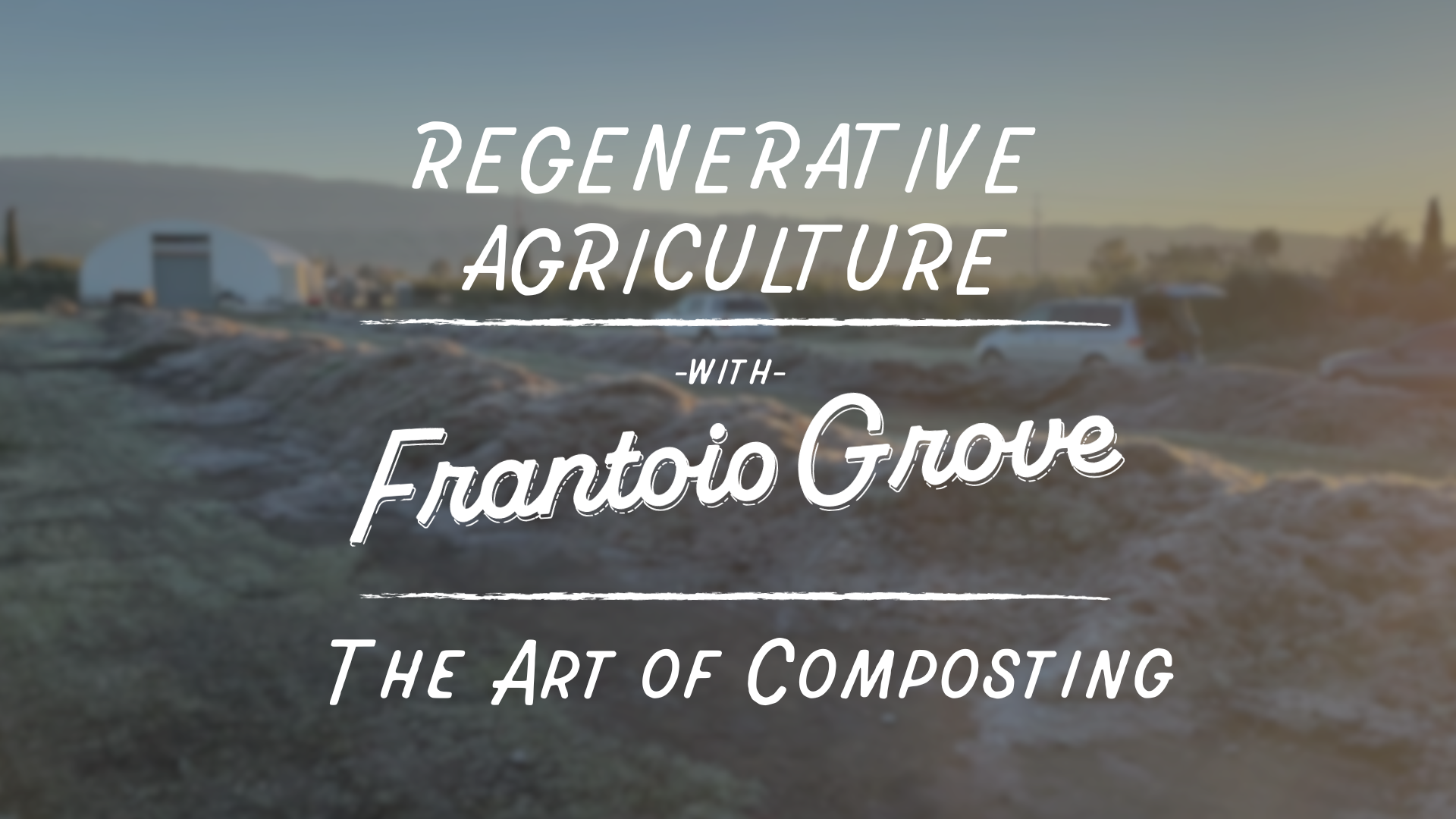How We Got Here
For years now, we’ve seen changes in our orchard, and we can no longer ignore it - the climate is changing and we are on the front lines.
Mainstream agronomists continue to advocate for more imported fertility and more pesticides, but this approach is hardly sustainable and does little to build resilience to the kind of abiotic stress posed by longer, wetter winters and hotter, drier summers.
So we looked beyond the mainstream. The people who have found success in this new world all had a new word: Regenerative.
As we learned more about this movement we realized the promises of building resilience on farm through healthy soils and biodiversity were only scratching the surface...
Growing food and fiber through industrial methods has devastated our soil and climate. Forecasts have predicted that global topsoils will deplete in 60 years at our current rate, while studies have proven that conventional, industrial agriculture contributes up to 25% of the emissions driving the climate crisis.
But there is hope.
What is ROC and how is it different from organic?
In the Regenerative Organic Certified system, soil health takes center stage. It's not just about avoiding synthetic chemicals; it's about actively nurturing and regenerating the soil. ROC emphasizes practices like cover cropping, crop rotation, and reduced tillage to improve soil
fertility and structure.
While organic certification primarily centers on avoiding synthetic
inputs, ROC expands the scope. It encourages farmers to embrace a
holistic approach that considers the well-being of animals, the welfare
of farmworkers, and the broader ecosystem. ROC farms strive to be
regenerative, not just sustainable.
Regenerative Organic Certified farms commit to providing humane
treatment for their animals. This includes access to outdoor spaces,
natural behaviors, and healthier living conditions. It's a more
comprehensive approach compared to standard organic requirements.
ROC certification doesn't stop at the farm gate. It ensures that
farmworkers are treated fairly and ethically, with access to fair wages,
safe working conditions, and opportunities for advancement. This
emphasis on social responsibility sets ROC apart from traditional
organic certification.
Use this text to answer questions in as much detail as possible for your customers.
Regenerative Organic Certified products aim for greater transparency,
ensuring consumers can trace the journey from farm to table. This
commitment to transparency fosters trust and allows consumers to make
informed choices about their food.
We believe that Organic Agriculture is important, but we also believe that is only the first step towards creating a just and sustainable future.
What we do to the soil, we do to ourselves.
Soil is the bedrock of our food system and, ultimately, our culture and civilization. The extraordinary diversity of microorganisms in the soil mirrors the diversity of ecosystems around the world and the diversity of organisms in the human microbiome. Depleted soils endanger the complex balance of such natural systems, threatening everything from the productivity of our cropland, to the availability of foods we eat and materials used for clothing, building, and more.
The Principles of Regenerative Agriculture

Using high diversity cover crops with 10-15 species of plant provides a diverse home and food source for birds, insects, and microbes, stimulating biodiversity and supercharging soil fertility.

We produce various styles of compost on farm from local waste streams. Each style is used differently, from bulk soil application to brewing compost teas and our own special cover crop seed treatments.

Conventional tillage destroys soil life, oxidizes soil organic matter, and breaks up soil aggregates that allow the soil to breathe and hold water. We are proud to be 100% no-till!
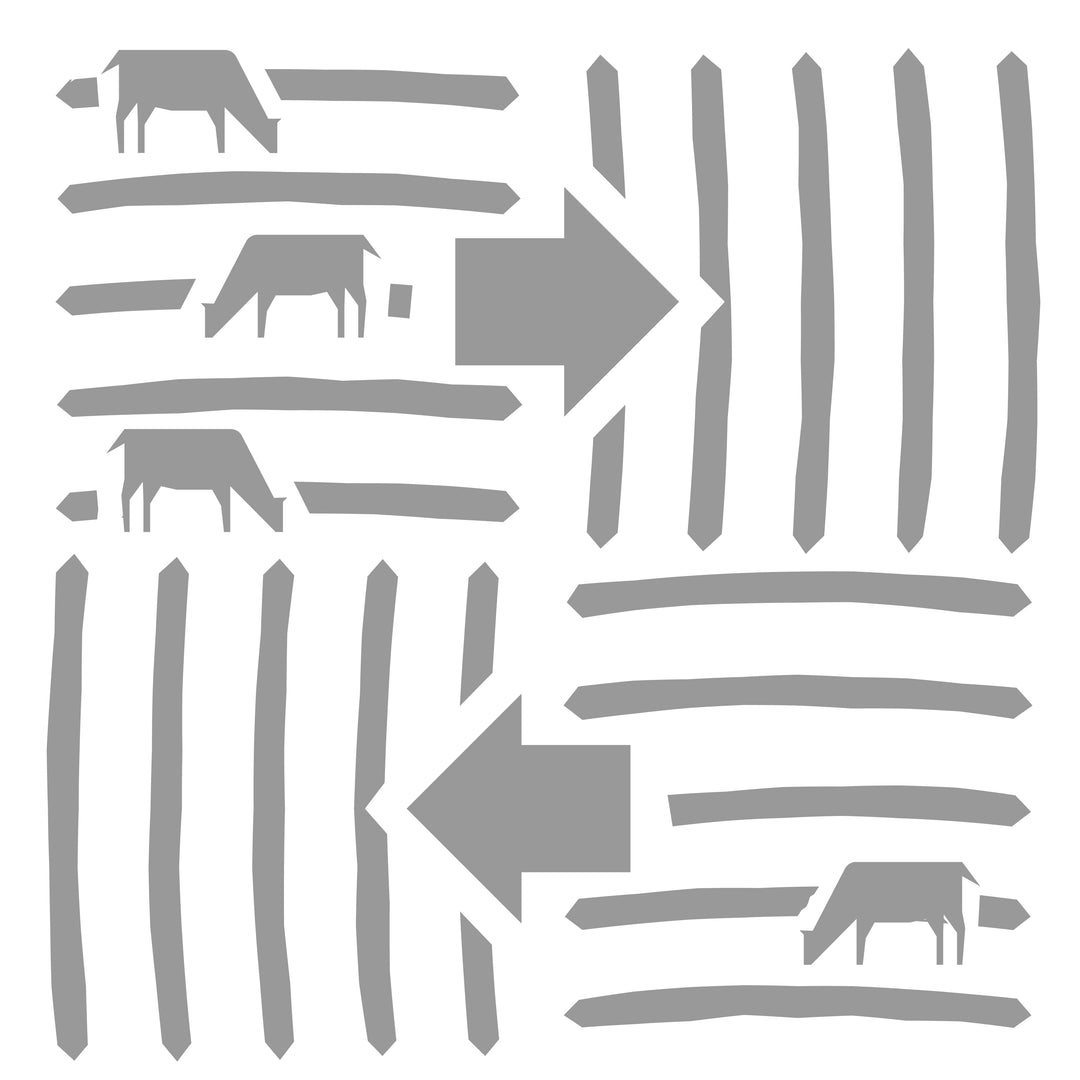
We integrate sheep in the orchard, but not just for their manure and "weed management". When managed effectively, sheep can be used to stimulate vegetative growth of the understory, leading to improved carbon sequestration and nutrient cycling.
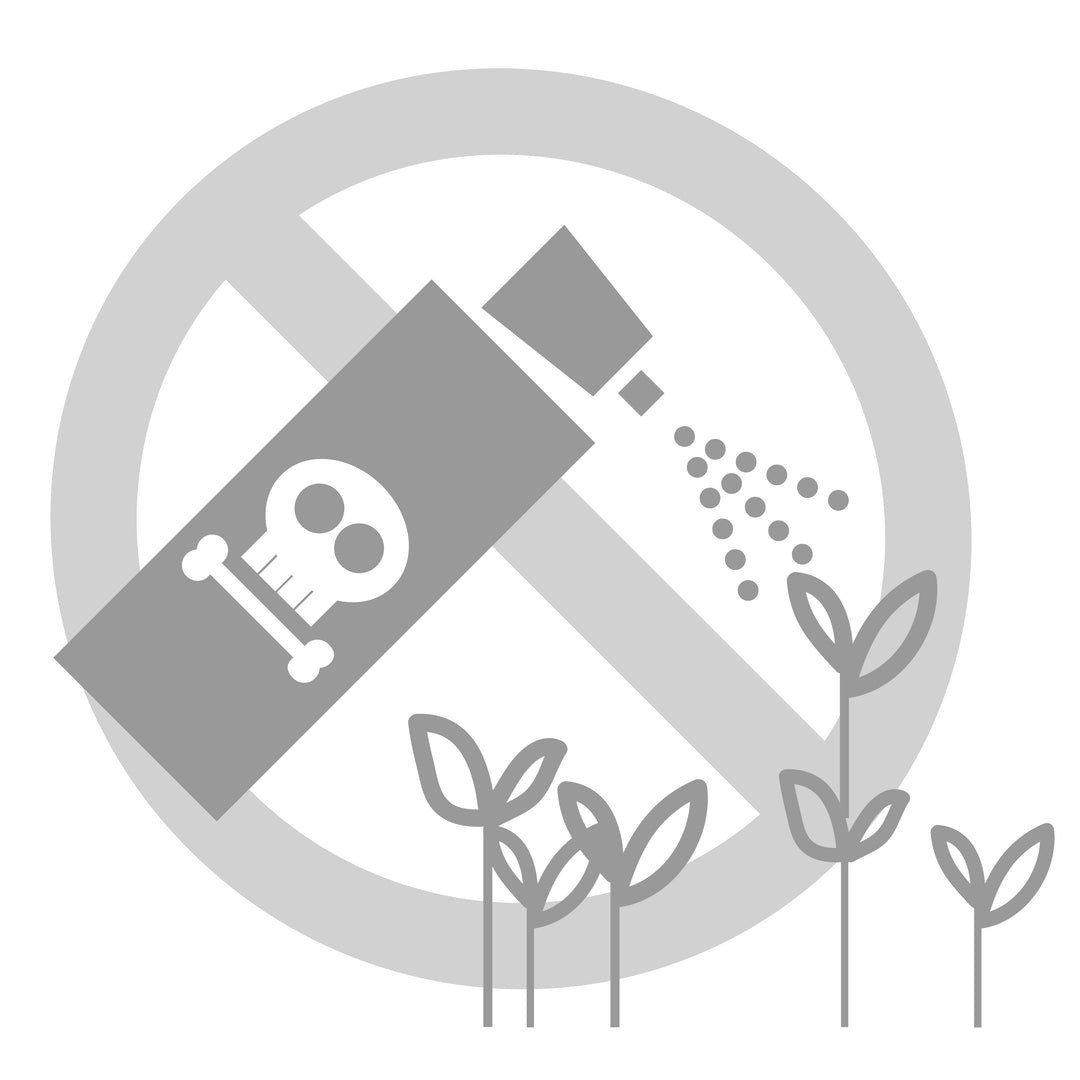
This is the cornerstone of Organic certified farms, which we have been since 2017. The frst step towards ROC is becoming organic certified.
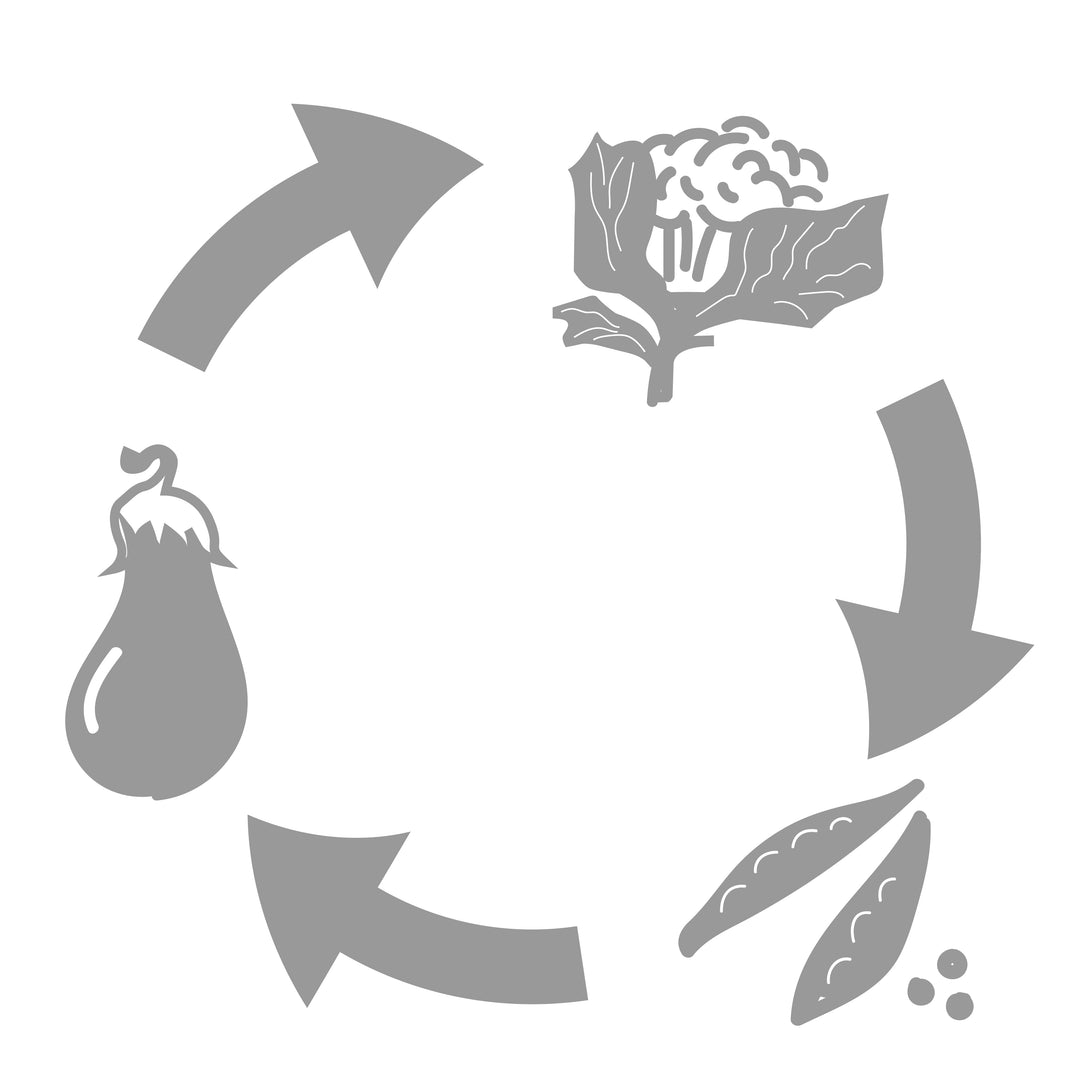
The easiest and most effective way to prevent pests and disease is to increase the diversity of crop rotation. Other benefits include diversity of soil microbial life and better nutrient cycling.
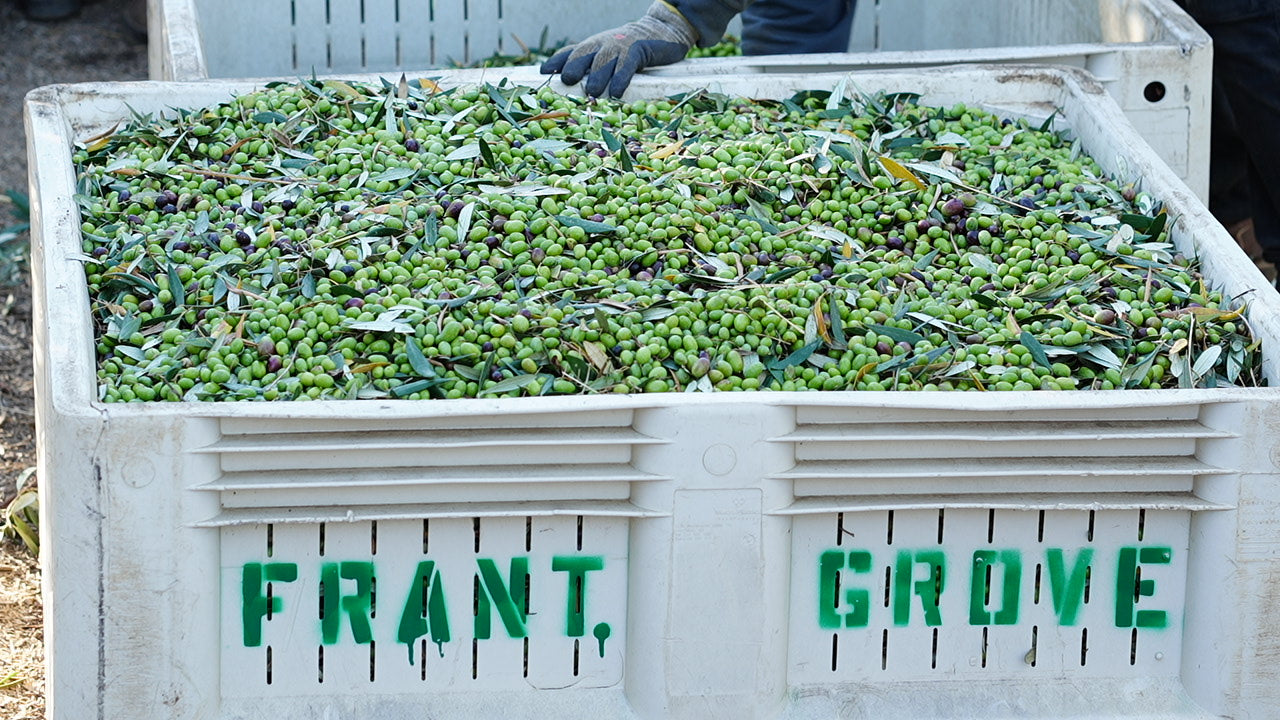
"To truly regenerate, we need to consider everyone involved in the farm system – from the soil microorganisms to the animals and the hardworking folks on the farm. Farmers, like us, are the caretakers of our land, and through regenerative organic agriculture, we have the power to reshape the path of our future."
Are you a fellow farmer looking to get into Regenerative Ag? Come back soon to find how to guides, preparation recipes, and other practical knowledge about the techniques we employ on farm to build healthy soils, resilience to abiotic stress, and resistance to pests and disease.





